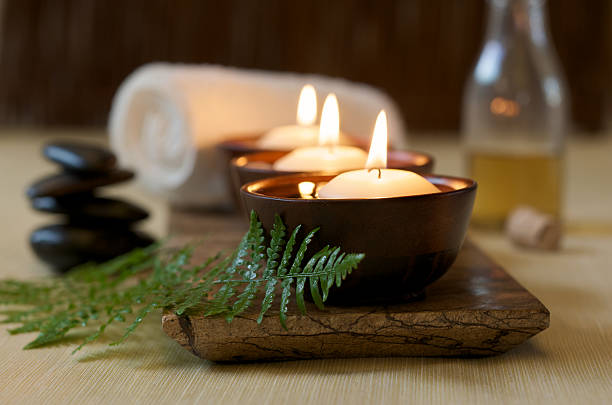A painters and decorators north London is a skilled craftsperson who applies paint, varnish, wallpaper, other finishes, and specific finishes to the walls, ceilings, and other surfaces of residential, commercial, and commercial structures. Painting surfaces protect them against weather damage, erosion, mildew, and rust while also improving their look, making the job of a painter and decorator both utilitarian and attractive.
Let’s look at what it takes to be a painter and decorator in more detail
A painter’s initial duty is to assess the size and condition of the surfaces to be painted and identify any preparation work that may be required. The painter and decorator then estimate the time and cost needed to finish the painting project, including labour and supplies, based on this information.
The following stage is to prepare the work area by installing or erecting any scaffold towers, work platforms, or stepladders that may be required. Any parts that do not need painting must be safeguarded before beginning work on the painting. When painting a house, furniture, flooring, skirting boards, doors and windows, plug outlets, and light switches must all be covered. Also, they must remove paintings, clocks, and other things on shelves or wall hangings.
The next stage for the painters and decorators north London is to smooth, level, and clean the surfaces that will be painted. This includes scraping away old paint, varnish, or wallpaper with scrapers and spatulas, as well as levelling surfaces by filling gaps, holes, and crevices with plaster, putty, or another filler or sealer. A painter and decorator’s first duty while painting outdoor walls is to examine the surfaces and the state of the areas to be painted. A scalpel or knife is used to remove any damaged or deteriorated plaster and should fill up any holes or cracks. A new coat of application may be placed as a base layer for painting if necessary. The space should also be clean and dust-free.
The actual painting process may begin when the surfaces to be painted have been smoothed and evened. The painter and decorator choose the best paint for the job based on the room (e.g., bathroom, kitchen, house, workplace, school, etc.) or exterior surface to be painted (e.g. facade wall, balcony or gate).
The goal should be to choose the product that will produce the best outcomes in the agreed-upon colour. If necessary, this procedure may include making paint by combining different colours and adding chemicals and diluents. A base coat of primer is applied once the colour is finished. This is used to cover the old paintwork and create an even surface for one (or more) coats of the new paint to be applied.
Once the painting is finished, the painter and decorator removes or dismantles any supporting structures (scaffold towers, work platforms, and step ladders, for example), removes the protective coverings or sheets, replaces any paintings, furniture, and other things, and cleans the work area and tools.
A painting and decorating job may require additional finishing work in several situations. A painter and decorator, for example, maybe requested to create an artistic design, pattern, or effect on a wall, such as using a sponge method, a finish such as polished plaster or imitation marble, or one of the many other popular types of decorating.
Painters and decorators also apply paint, varnishes, and other finishes on metal and timber surfaces, including railings, doors, and fences. They may also apply external wall insulation or cladding, lay carpets and floors, hang wallpaper, textiles, and other wall coverings, install skirting boards and use plasterboard to construct fake ceilings and partition walls.
Painters and decorators work on various types of internal and external surfaces, including walls, ceilings, facades, fences, railings, and gates (e.g., houses and apartments, schools, public offices, shops, commercial buildings, bridges and other infrastructure, factories and industrial facilities). They mostly paint on brickwork and plaster, but they can also work on timber, iron, steel, concrete, plasterboard, and various other surfaces.
Water-based, solvent-based, breathable, washable, anti-mould, insulative, and waterproofing paints, anti-rust coatings, varnishes and stains, enamels and resins are all used by painters and decorators. Brushes, rollers, and sprayers are among the instruments they employ to apply them. Painters and decorators operate safely by wearing painting overalls, gloves, and other protective personal equipment.
Painters and decorators work for various organisations, including construction firms, remodelling and restoration agencies, and paint and varnish manufacturers. Some people own their businesses and work for themselves (as skilled labourers). Self-employed painters and decorators typically possess their vehicles, which they use to transport materials and travel to job sites.
